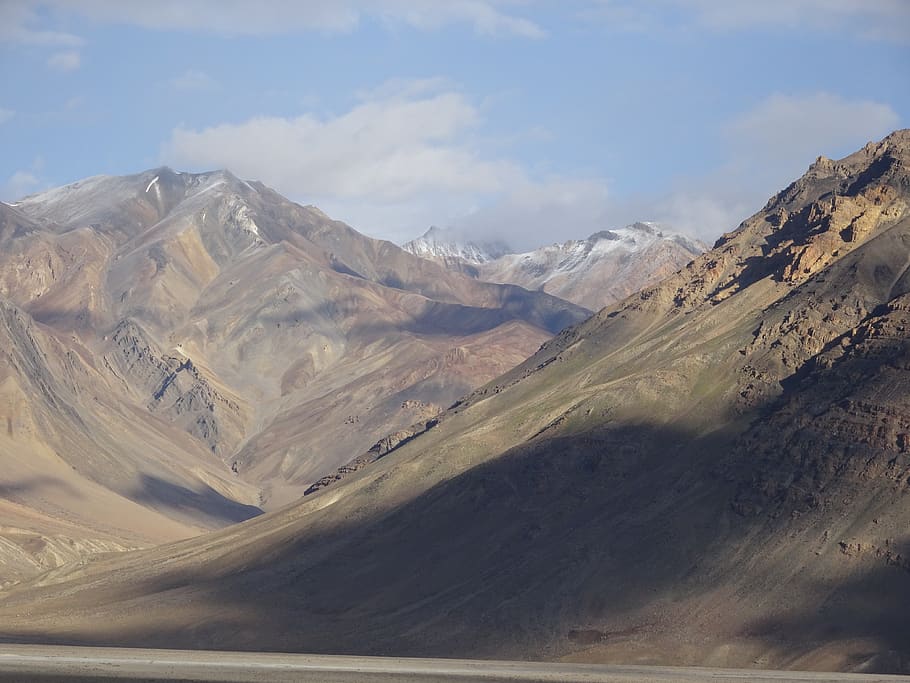Introduction:
Nestled high in the Indian Himalayas, Spiti Valley is a remote and breathtakingly beautiful region that has been gaining popularity among adventurous travelers in recent years. Known for its rugged landscapes, ancient monasteries, and unique culture, Spiti Valley offers a truly off-the-beaten-path experience. In this ultimate guide, we will delve into the essentials of planning a Spiti Valley tour, covering everything from when to visit and how to get there to what to see and do once you arrive. So, let’s embark on a journey to discover the wonders of Spiti Valley.
When to Visit Spiti Valley
The timing of your visit to Spiti Valley is crucial, as weather conditions play a significant role in accessibility and the overall experience. The best time to visit Spiti Valley is during the summer months, from late May to early October. During this period, the weather is relatively pleasant, with temperatures ranging from 15°C to 20°C during the day, making it ideal for outdoor activities. The roads leading to Spiti Valley, which are often closed due to heavy snowfall in the winter, are also open during this time.
How to Get to Spiti Valley
Getting to Spiti Valley is an adventure in itself. Here are the primary ways to reach this remote region:
- By Street: The most well-known course to Spiti Valley is by means of Manali. You can drive from Manali to Spiti Valley through the renowned Manali-Leh Expressway, which offers shocking perspectives however can be deceptive because of its high elevation and harsh landscape. On the other hand, you can move toward Spiti Valley from Shimla, yet this course is longer and less ordinarily utilized.
- Via Air: The closest air terminal to Spiti Valley is in Bhuntar, close to Kullu. From that point, you can enlist a taxi or take a transport to arrive at Spiti Valley. In any case, flight timetables to Bhuntar are restricted, and it may not be the most advantageous choice.
- By Transport: State-run and confidential transports work between significant urban areas like Shimla, Manali, and Kullu and towns inside Spiti Valley. While this is a financially savvy choice, the excursion can be long and awkward because of the difficult territory.
Grants and Guidelines
To visit Spiti Valley, you will require grants, particularly on the off chance that you are a far off public. These licenses can be gotten in Shimla or Manali, and it’s fitting to actually look at the most recent guidelines before your excursion, as they can change. Indians ordinarily need an Inward Line License, while unfamiliar nationals require a Safeguarded Region Grant (PAP), which is given for explicit regions inside Spiti Valley.
Where to Remain
Convenience choices in Spiti Valley range from essential guesthouses to additional agreeable lodgings. A few well known spots to remain in Spiti Valley incorporate Kaza, Tabo, and Keylong. Notwithstanding, it’s crucial for book your convenience ahead of time, particularly during the pinnacle traveler season, as choices can be restricted.
What to See and Do
Now that you’ve come to Spiti Valley, here’s a rundown of the top attractions and exercises to capitalize on your outing:
- Key Cloisters: Spiti Valley is home to a few old religious communities, including Key Cloister, Dhankar Cloister, and Tabo Religious community. These cloisters are structurally dazzling as well as proposition a brief look into the locale’s rich Buddhist culture and history.
- Chandratal Lake: Known as the “Moon Lake,” Chandratal is a staggering high-elevation lake encompassed by snow-covered tops. It’s a well known traveling objective and a phenomenal spot for setting up camp under the brilliant skies.
- Pin Valley Public Park: This public park is home to novel vegetation, including the imperiled snow panther. It’s a heaven for nature devotees and offers different journeying open doors.
- Kibber Town: Frequently alluded to as the world’s most noteworthy motorable town, Kibber is a beautiful town with customary mud-block houses. It’s a superb spot to encounter the neighborhood lifestyle.
- Experience Exercises: Spiti Valley offers a scope of experience exercises, including traveling, waterway boating, and mountain trekking. Make certain to check the climate and street conditions prior to setting out on these undertakings.
- Stargazing: Because of its distant area and clear skies, Spiti Valley is an incredible spot for stargazing. The absence of light contamination permits you to see an entrancing cluster of stars and heavenly bodies.
What to Pack
Pressing fittingly for an outing to Spiti Valley is fundamental, as the weather conditions can be flighty. Here is an agenda of things to bring:
- Comfortable apparel, including layers, protected coats, and thermals
- Strong climbing boots for journey and happy with strolling shoes for investigation.
- Sunscreen, shades, and a wide-overflowed cap to safeguard against the high-elevation sun.
- An emergency treatment unit with basics like elevation infection drug, pain killers, and any private prescriptions.
- A decent quality hiking bed and setting up camp stuff on the off chance that you intend to camp.
- A power bank and additional batteries for electronic gadgets, as charging open doors might be restricted.
- Cash, as ATMs are scant in Spiti Valley.
Regard Neighborhood Culture and Climate
Spiti Valley is a socially rich and delicate biological system. Regarding the neighborhood culture and climate during your visit is fundamental.
An excursion to Spiti Valley isn’t simply a get-away; it’s an experience that could only be described as epic. From its rough territory and old religious communities to its warm and inviting local people, Spiti Valley offers a novel and extraordinary experience. By arranging your outing cautiously, regarding the neighborhood culture and climate, and being ready for the difficulties of high-height travel, you can take full advantage of your Spiti Valley visit. Thus, gather your packs, set out on this exceptional excursion, and let the magnificence and tranquility of Spiti Valley enamor your entire being.
for more.



